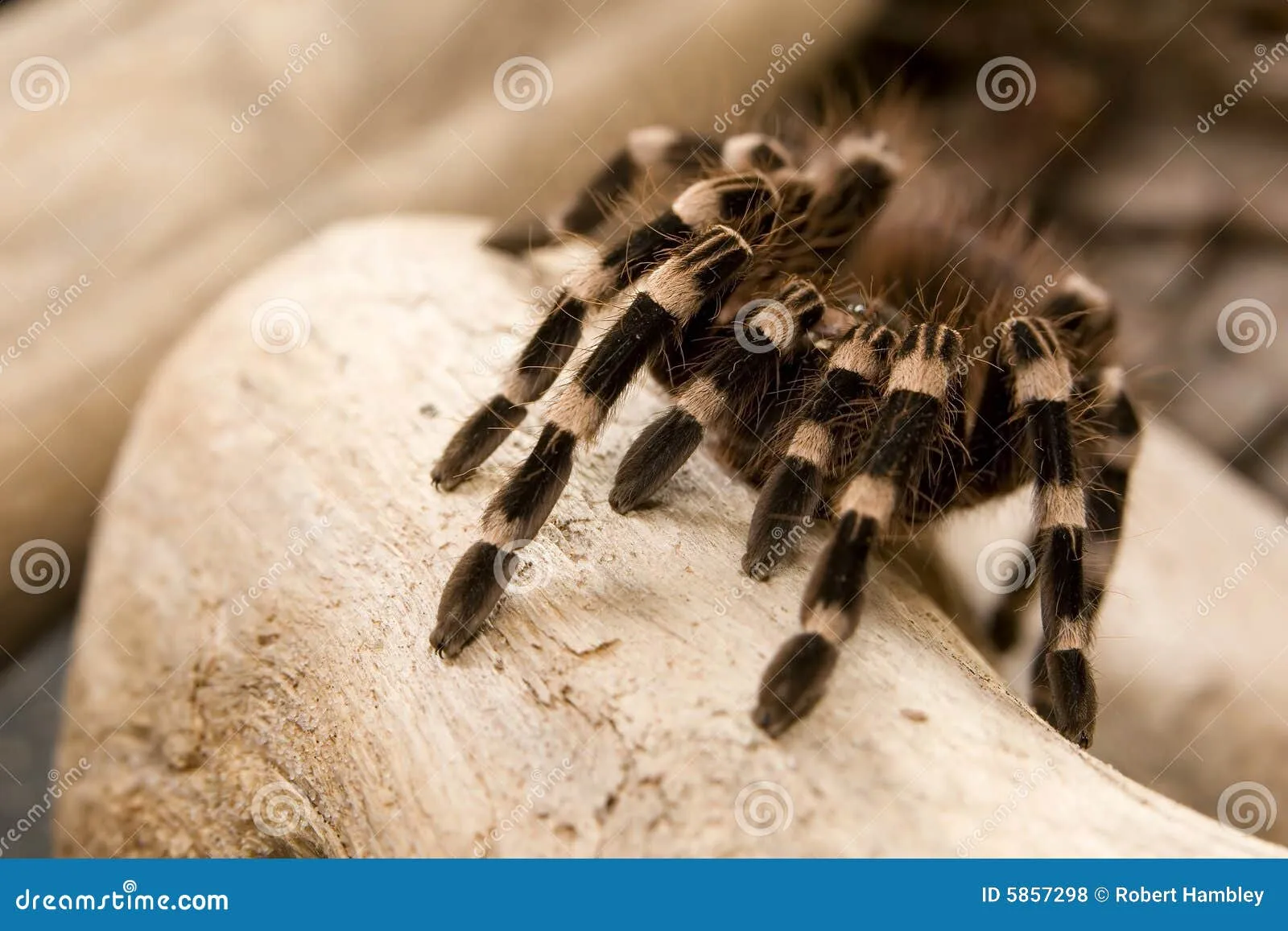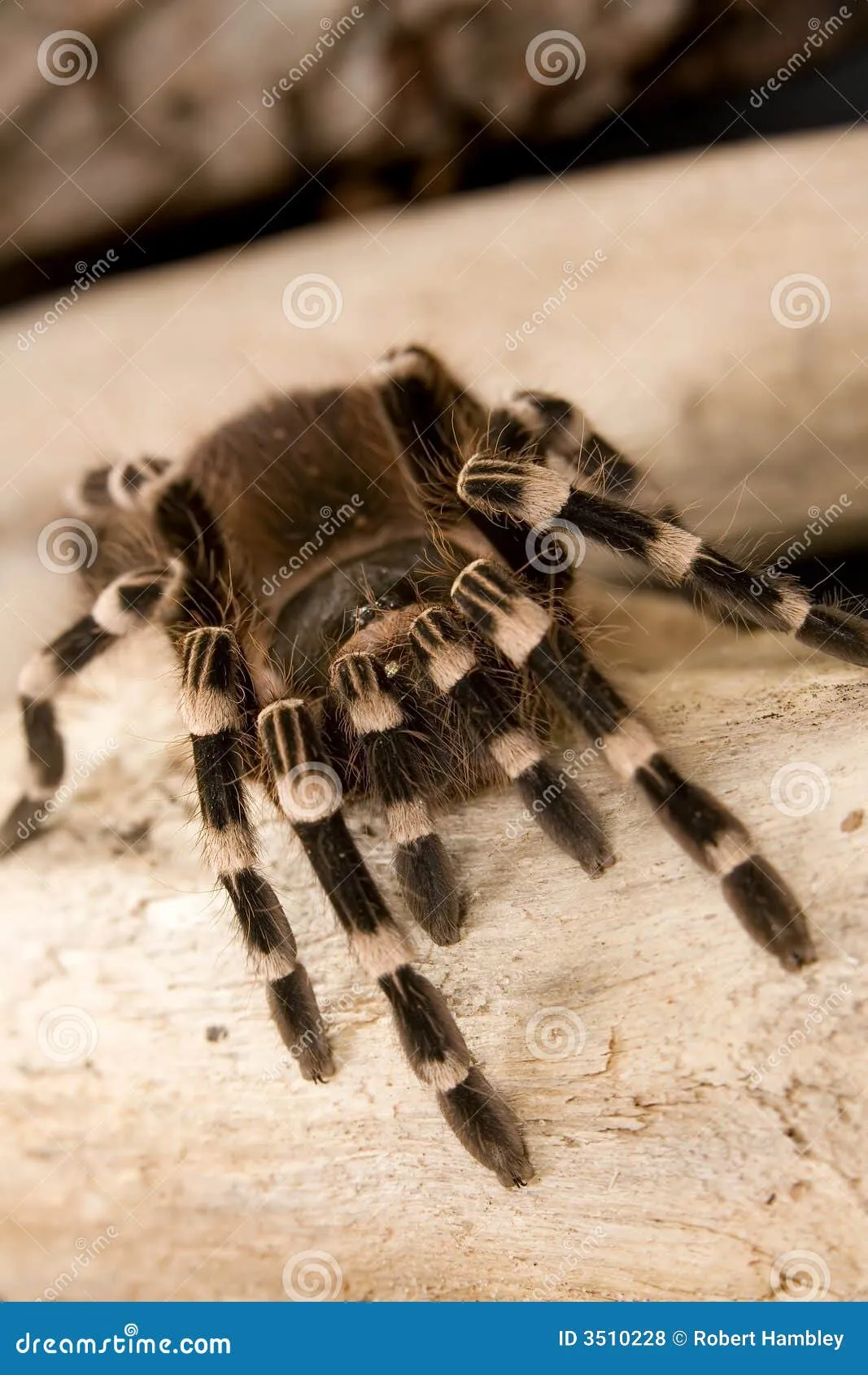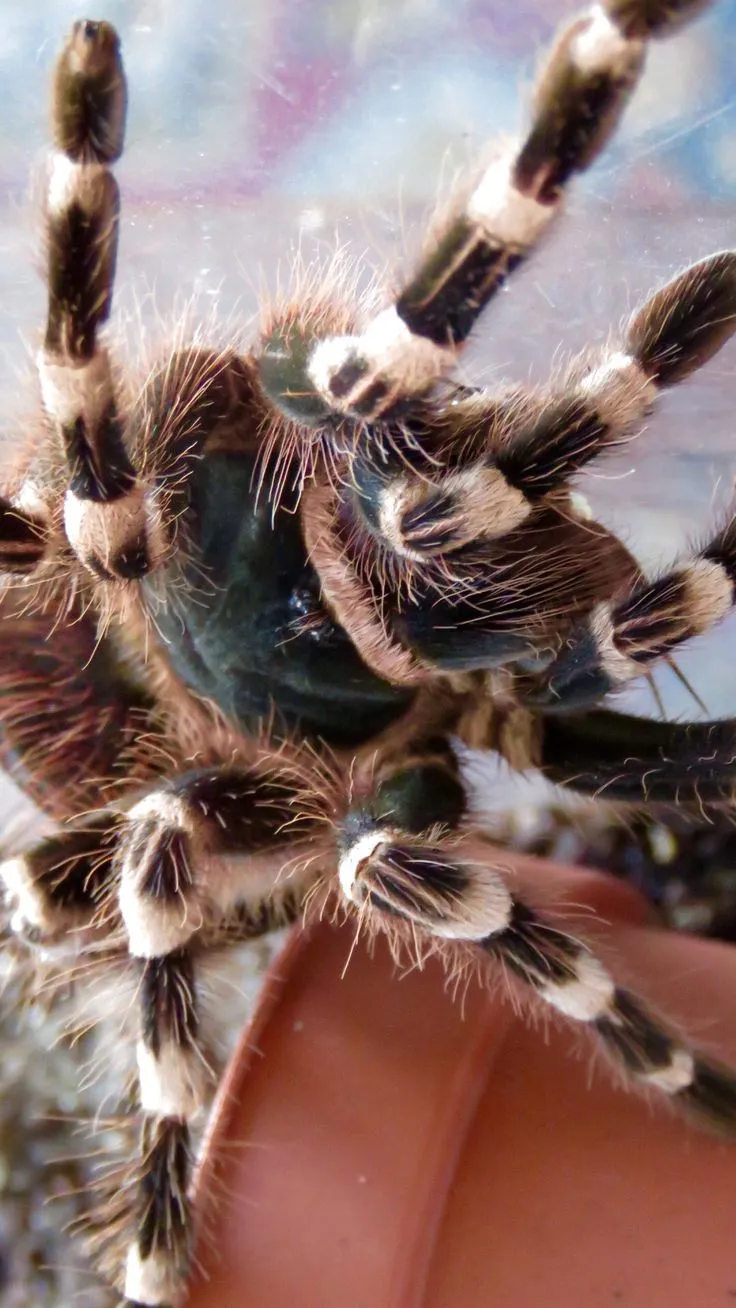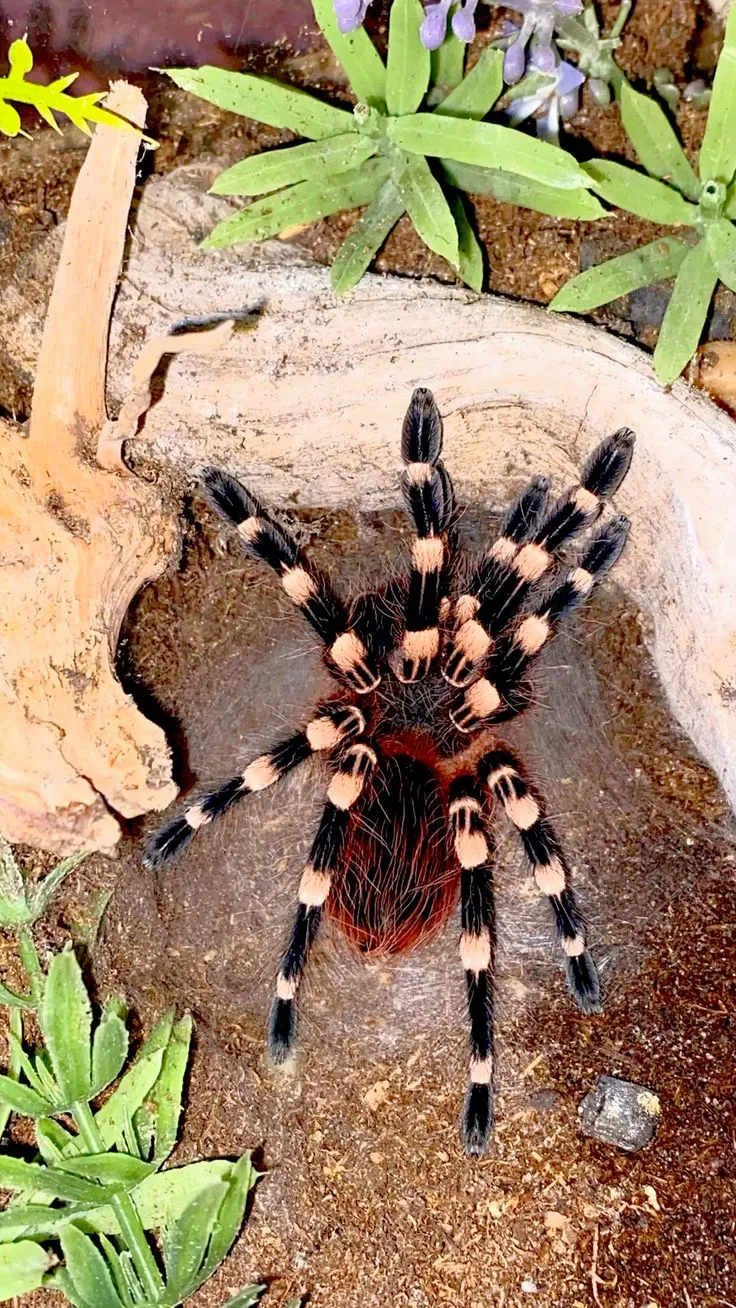What is the Brazilian White Knee Tarantula?
The Brazilian White Knee Tarantula (Acanthoscurria geniculata) is a popular and impressive species among tarantula enthusiasts. Native to the rainforests of Brazil, this terrestrial tarantula is known for its striking appearance and relatively docile temperament, making it a favorite for both beginner and experienced keepers. These spiders are characterized by their large size, impressive leg span, and distinctive white or cream-colored bands on their knee joints, which give them their common name. They are also known for their rapid growth and the ease with which they can be maintained in captivity, provided their basic needs are met. Understanding the size of the Brazilian White Knee is a key aspect of proper care, as it influences enclosure requirements, feeding schedules, and overall management.
Appearance and Identification
Identifying a Brazilian White Knee Tarantula is straightforward due to its unique coloration and physical features. The tarantulas have a predominantly black body with striking white or cream-colored bands around their knee joints, a feature that distinguishes them from many other tarantula species. Their carapace, or the top of their head, is typically a dark brown or black, and their bodies are covered in fine hairs. The size and coloration of the tarantula can vary slightly depending on its age and individual genetics, but the white knee markings are a consistent identifier. They also possess urticating hairs on their abdomen, which they can flick off as a defense mechanism. Observing these features can help in quickly and accurately identifying this species, making it easier for enthusiasts to care for their tarantulas properly.
Size as a Juvenile

When you first acquire a juvenile Brazilian White Knee Tarantula, its size will be considerably smaller than what it will eventually become. Typically, spiderlings, or young tarantulas, start at a body size of around 1/4 to 1/2 inch, with a leg span of about 1 to 2 inches. At this stage, they are delicate and require careful handling and specific environmental conditions. Their enclosures should be small and secure to prevent escape and make it easier to locate their prey. Regular feeding is crucial for their growth, with small insects like pinhead crickets or flightless fruit flies being common choices. It’s also important to maintain proper humidity levels and provide a shallow water dish to support their growth. As they grow, the enclosure will need to be updated to accommodate their increasing size.
How Size Changes with Age
Brazilian White Knee Tarantulas, like all tarantulas, grow through a process called molting, shedding their exoskeleton to allow for growth. As juveniles, they molt frequently, sometimes every few weeks or months, depending on how much they eat and the conditions of their enclosure. Each molt brings a noticeable increase in size, with the tarantula’s leg span and body mass growing significantly. As they mature, the frequency of molting decreases, with adults molting perhaps once or twice a year. The rate of growth slows down as they reach their adult size, but molting is still essential for their overall health and well-being. Observing the molting process and understanding its impact on size is crucial for proper tarantula care, helping to ensure that the environment and resources provided meet the tarantula’s needs at every stage of its life cycle.
Factors Influencing Growth
Several factors influence the growth rate and final size of a Brazilian White Knee Tarantula. One of the most important is diet and nutrition. A varied diet consisting of appropriately sized insects and other invertebrates is essential for optimal growth. Providing a balanced diet, with adequate protein, is crucial. Environmental conditions also play a significant role. Maintaining the correct temperature and humidity levels in the enclosure is critical for the tarantula’s metabolism and molting process. The size of the enclosure also matters. While a juvenile can start in a smaller enclosure, it’s important to provide enough space as the tarantula grows to avoid stressing the spider or impacting molting. Finally, genetics can influence size. Some tarantulas will naturally grow larger than others, even within the same species, due to their unique genetic makeup.
Diet and Nutrition

Proper nutrition is key to ensuring your Brazilian White Knee Tarantula reaches its full potential size and maintains good health. A balanced diet is crucial. Suitable food items include crickets, cockroaches, mealworms, and occasionally, small vertebrates like pinky mice for adults. It’s important to feed your tarantula prey that is appropriately sized. The general rule of thumb is to provide prey that is no larger than the tarantula’s body size. Overfeeding can lead to issues with molting. It is also essential to provide a clean water source at all times. A shallow water dish should be available in the enclosure for the tarantula to drink from. Supplementing the diet with calcium and vitamins can also be beneficial, particularly for growing juveniles. Adjust the feeding schedule based on the age and size of the tarantula and its appetite. If a tarantula refuses food, it might be preparing to molt.
Enclosure Size and Setup
The size of the enclosure is an important factor in tarantula health and growth. A juvenile Brazilian White Knee Tarantula can start in a smaller enclosure, such as a deli cup or a small terrarium, but they will quickly outgrow these. As the tarantula grows, it’s essential to upgrade the enclosure to provide enough space for movement and to support its molting process. A fully grown adult can be comfortably housed in a 10 to 20-gallon tank, or even larger, depending on the individual tarantula’s size. The enclosure setup should include a substrate, such as coconut fiber or peat moss, that allows the tarantula to burrow, a hide for security, and a water dish. Adequate ventilation is also crucial to prevent the build-up of mold and maintain air quality. Maintaining the correct temperature and humidity levels is important for ensuring that the tarantula thrives.
Size as an Adult
Adult Brazilian White Knee Tarantulas are impressive in size, with females generally being larger than males. A fully grown female can reach a leg span of up to 8 inches or more, making them a substantial presence in any collection. Their body length typically ranges from 2 to 3 inches. Male Brazilian White Knees are slightly smaller, with a leg span typically ranging from 6 to 7 inches and a body length of about 1.5 to 2.5 inches. These sizes are approximate, and individual tarantulas may vary. Factors like genetics, diet, and environmental conditions influence the final size of the tarantula. The adult size is usually attained within a few years, though the exact time can vary depending on the growth conditions. Maintaining an adult Brazilian White Knee requires providing a suitable environment to ensure their continued health and well-being.
Average Size of a Female Brazilian White Knee

Female Brazilian White Knee Tarantulas are known for their substantial size, often reaching a leg span of up to 8 inches or even slightly more in exceptional cases. Their body length typically measures between 2 and 3 inches. This larger size makes them a favorite among keepers, as they are visually impressive and can be observed more easily. The female tarantulas tend to have a longer lifespan than males. The growth rate varies, with factors like diet, genetics, and environmental conditions influencing the final size. Their larger size necessitates a more spacious enclosure and a consistent supply of appropriate prey items. The impressive size of female Brazilian White Knees makes them a rewarding species to keep, offering a fascinating glimpse into the world of tarantulas.
Average Size of a Male Brazilian White Knee
Male Brazilian White Knee Tarantulas are generally smaller than females, reaching a leg span of approximately 6 to 7 inches. Their body length is typically between 1.5 to 2.5 inches. Mature males can often be identified by the presence of hooks on their front legs, which are used for mating. Males also tend to have a shorter lifespan than females. While smaller than their female counterparts, the male tarantulas still present a striking appearance, with their distinctive white knee markings. They require the same basic care as females, although the enclosure size can be slightly smaller. Understanding the average size of males helps keepers to provide appropriate housing and care. The size difference between males and females is a characteristic feature of this species, and is a good way to know the gender.
Comparing Brazilian White Knee Size to Other Tarantulas
When comparing the size of the Brazilian White Knee Tarantula to other tarantula species, it is considered a large tarantula. It is comparable in size to some other popular species, like the Pinktoe tarantula, but often slightly larger than some other species. Species like the Goliath Birdeater (Theraphosa blondi) is one of the largest tarantulas in the world, significantly exceeding the size of the Brazilian White Knee. Comparing size helps keepers determine how the care needs of the species compare. It is always wise to research the particular species to determine the care requirements. Keepers should be mindful of the size when planning enclosures and considering the potential size of the tarantula when selecting this species. Understanding how the size of the Brazilian White Knee stacks up against other tarantulas offers a useful perspective for care.
